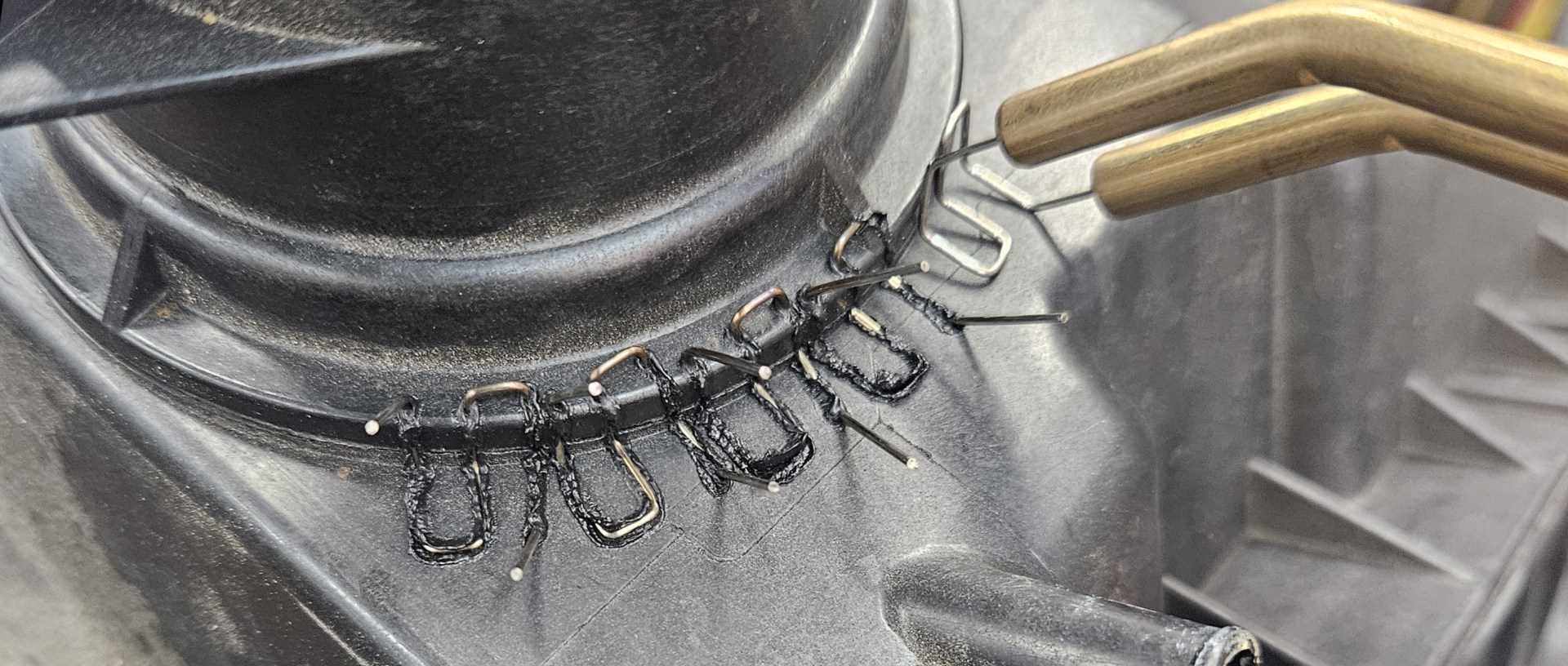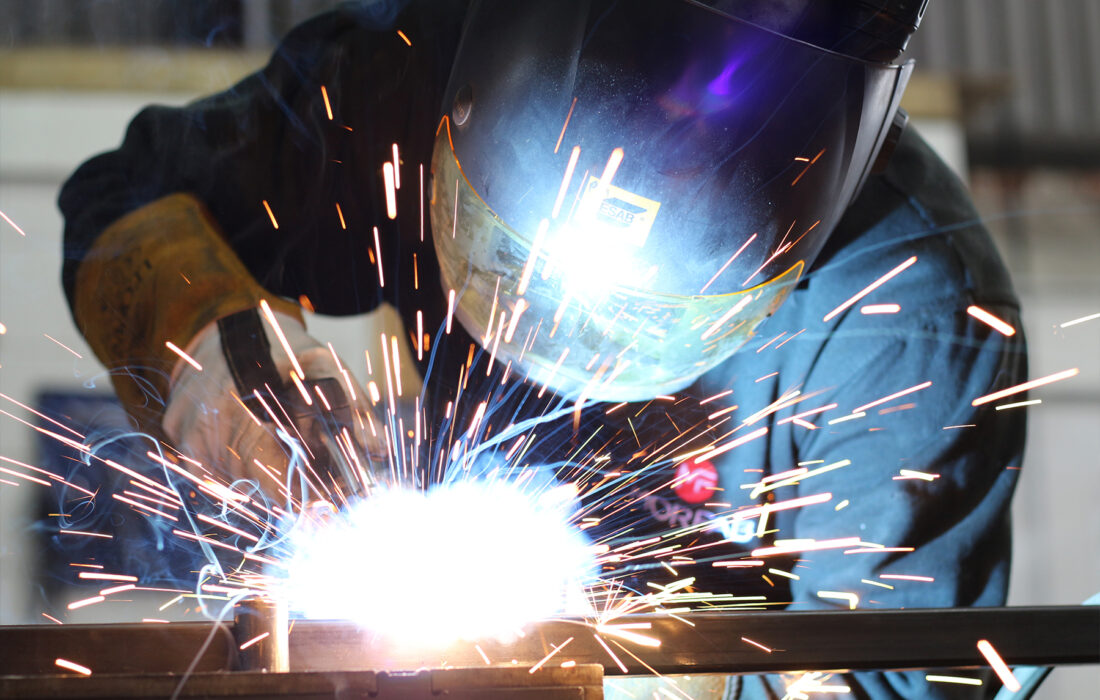Everything about Welding: Trick Insights Into Techniques and Ideal Practices for Success
Welding encompasses a variety of techniques, each suited for particular materials and applications. Comprehending these techniques, such as GMAW, SMAW, and TIG, is necessary for accomplishing ideal results. The best devices and safety practices can not be forgotten. As prep work and fixing play vital roles in the welding procedure, grasping these elements can significantly enhance the top quality of the end product. What are the vital aspects that assure an effective weld?
Recognizing Various Welding Strategies
Welding methods incorporate a selection of techniques, each suited to details applications and materials. Among the most typical techniques are Gas Steel Arc Welding (GMAW), Secured Metal Arc Welding (SMAW), and Tungsten Inert Gas Welding (TIG) GMAW, likewise called MIG welding, is popular for its rate and convenience, making it suitable for thin materials. SMAW, or stick welding, is preferred for its simplicity and performance in outside environments, especially with thicker metals. TIG welding uses precision and control, making it appropriate for intricate work and non-ferrous metals (Montana Mobile Welding and Repair Belgrade Welding). Each method has its special advantages and factors to consider, allowing welders to select the most effective technique based upon the project's requirements, material type, and preferred results. Comprehending these techniques is important for effective welding
Important Welding Devices and Devices
While various welding techniques call for certain skills, the ideal tools and tools are equally crucial for accomplishing quality outcomes. Crucial welding devices consists of welding equipments, which vary relying on the strategy-- such as MIG, TIG, or stick welding. Safety equipment, consisting of safety helmets, handwear covers, and aprons, warranties safety and convenience throughout the process. In addition, fixtures and clamps assist safeguard materials in position, guaranteeing accuracy in welds. Consumables like welding rods, cable, and securing gas are additionally vital parts that influence the top quality of the weld. Furthermore, tools such as cutters and grinders help with surface preparation and post-weld completing, adding to an expert outcome. Purchasing top quality equipment inevitably boosts the efficiency and effectiveness of welding tasks.
Safety Practices in Welding
Proper safety and security practices are necessary in the welding industry to secure workers from possible threats. Welders should put on appropriate personal protective devices (PPE), including headgears with correct shading, gloves, and flame-resistant clothing. Adequate ventilation is essential to minimize direct exposure to harmful fumes and gases created during the welding procedure. Furthermore, employees must be trained in the proper handling of welding devices to stop mishaps. Fire precaution, such as maintaining flammable products away from the welding location and having fire extinguishers easily offered, are required. Regular assessments of devices and workspaces can aid identify possible risks prior to they lead to crashes. By sticking to these security techniques, welders can produce a more secure working atmosphere and minimize dangers connected with their profession.
Preparing Materials for Welding
Preparing materials for welding is an essential step that greatly influences the high quality and honesty of the last item (Montana Mobile Welding and Repair Fabrication). Proper preparation includes cleansing the surface areas to eliminate pollutants such as oil, corrosion, and dirt, which can compromise the weld. Strategies such as grinding, fining sand, or utilizing solvents are commonly used to achieve a clean surface area. In addition, making sure that the materials fit together comfortably is important; gaps can cause weak welds. It's likewise essential to take into consideration the placement and positioning of the parts, as this will certainly affect the simplicity of welding and the final outcome. Picking the ideal filler material and ensuring compatibility with the base metals is important for attaining strong, sturdy welds.
Tips for Achieving High-Quality Welds
Attaining high-grade welds needs interest to information and adherence to best techniques throughout the welding procedure. Correct joint preparation is vital, guaranteeing surface areas are free and tidy from pollutants. Choosing the proper filler material and welding strategy based upon the base metals is crucial for excellent bonding. Maintaining regular travel speed and angle while welding can stop issues and advertise harmony. Furthermore, regulating heat input is essential; excessive heat can result in warping and compromised joints. Routinely checking the welds during the process permits instant adjustments if essential. Employing appropriate post-weld treatments, such as cleaning and anxiety relief, can improve the longevity and stability of the weld, ultimately guaranteeing an effective end result.
Fixing Typical Welding Issues
Welding commonly provides challenges that can affect the quality and integrity of the end product. Usual problems such as porosity, inconsistent weld beads, and getting too hot can occur, each needing certain troubleshooting strategies. Comprehending these problems is important for welders to boost their skills and achieve excellent results.
Porosity Troubles Clarified
Although porosity can typically be forgotten, it stays a vital issue in welding that can compromise the stability of a finished item. Porosity describes the presence of little gas pockets within the weld grain, which can weaken the joint and lead to premature failure. This issue usually arises from contaminants, dampness, or improper protecting gas insurance coverage during the welding procedure. To mitigate porosity, welders must verify that the base materials are dry and clean, make use of ideal securing gases, and preserve constant welding criteria. Regularly examining the tools and setting can also help identify possible issues prior to they show up in the weld. Dealing with porosity effectively is necessary for attaining solid, resilient welds that fulfill quality requirements.

Inconsistent Weld Beads
Irregular weld grains can considerably affect the high quality and strength of a finished item. Various aspects add to this issue, including improper traveling speed, wrong amperage setups, and irregular electrode angles. When the click to find out more welder relocates too swiftly, a grain may show up slim and do not have infiltration, while moving too slowly can cause excessive build-up. Furthermore, using the incorrect amperage can result in either damaging or extreme spatter, both of which concession weld stability. The welder's method, such as irregular torch motion, can likewise result in uneven grain look. To mitigate these troubles, welders need to focus on preserving constant, controlled activities and guaranteeing appropriate equipment setups to attain harmony in their welds. Consistency is essential to accomplishing trusted and solid welds.
Getting Too Hot and Bending Issues
Too much warm throughout the welding procedure can bring about significant overheating and deforming concerns, impacting the architectural stability of the work Click This Link surface. These problems usually show up as distortion, which can endanger alignment and fit-up, making additional assembly testing. Aspects adding to overheating include the selection of welding specifications, such as voltage and travel rate, in addition to the type of product being bonded. To alleviate these concerns, welders ought to preserve constant traveling rate and proper warm input while keeping track of the workpiece temperature. In addition, pre-heating or post-weld heat treatment can help ease anxieties triggered by rapid cooling - Montana Mobile Welding and Repair Fabrication. Regular assessment and adherence to finest methods are necessary in preventing overheating and making certain the durability and integrity of bonded structures
Often Asked Concerns
What Are the Occupation Opportunities in the Welding Market?
The welding industry offers diverse job chances, consisting of positions as welders, engineers, examiners, and instructors. Professionals can function in production, building, aerospace, and vehicle markets, taking advantage of solid demand and competitive salaries in numerous roles.
Exactly How Can I Enhance My Welding Rate Without Compromising Top Quality?
To enhance welding rate without sacrificing quality, one must practice reliable methods, preserve equipment, enhance settings, and improve hand-eye sychronisation. Routine training and seeking responses can additionally substantially add to achieving faster, premium welds.
What Certifications Are Offered for Welders?
Many qualifications exist for welders, consisting of those from the American Welding Culture (AWS), the National Center for Building And Construction Education And Learning and Study (NCCER), and numerous industry-specific companies. These credentials improve employability and demonstrate skill efficiency.
Exactly How Does Welding Affect the Features of Metals?
Welding affects the buildings of steels by altering their microstructure, which can result in adjustments in firmness, ductility, and stamina. Heat input and air conditioning rates during the procedure greatly affect these material qualities.
Can I Bonded Dissimilar Metals With Each Other?

Comments on “Tips from Montana Mobile Welding and Repair Belgrade prevent porosity and distortion in welding”